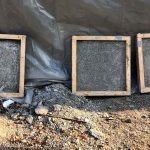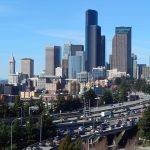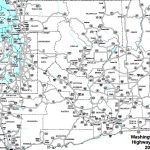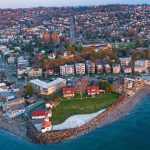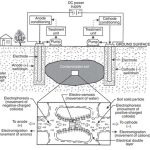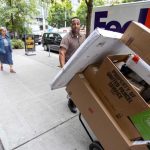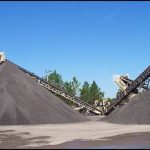Facilitating Analysts’ Use of Traffic Data from the Long-Term Pavement Performance (LTPP) Program
|
This study was designed to improve the experience of users of Long-Term Pavement Performance (LTPP) data by enhancing the traffic data included in the LTPP database and making it easier for researchers to find and select the traffic data they need for their specific analyses. ... Read More about Facilitating Analysts’ Use of Traffic Data from the Long-Term Pavement Performance (LTPP) Program | |


